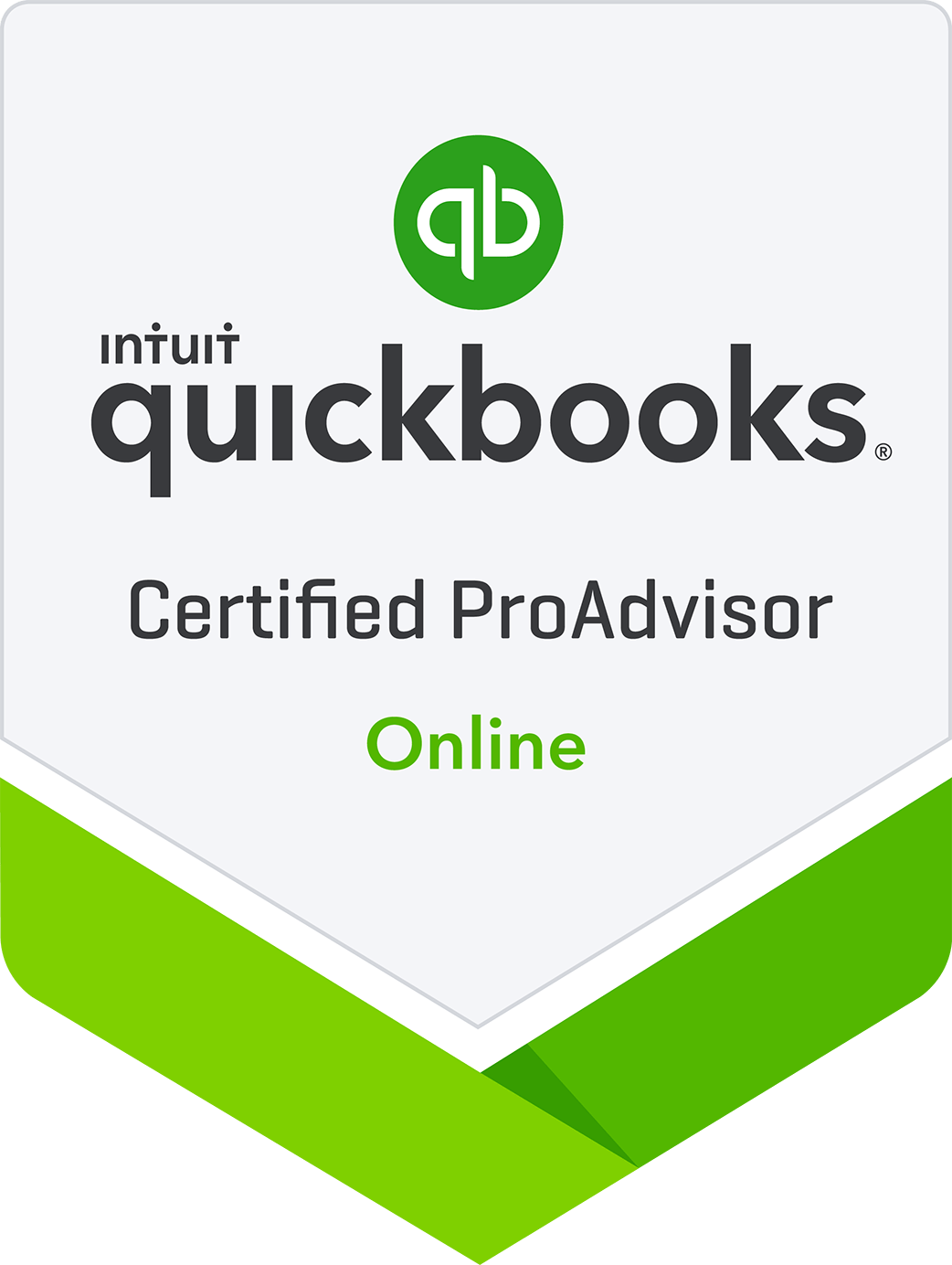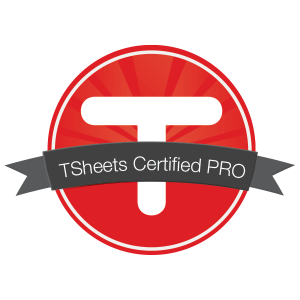If it’s been a while since you’ve adopted new marketing methods, it might be time, especially if you want to attract younger customers. Here are five ideas to do just that.
1. Video
With YouTube as the second largest search engine, using video in your marketing is a slam-dunk return on investment. If there is an educational aspect to your sales cycle, a video is perfect to get the message across.
Even better news is that many companies still haven’t caught on to how powerful video can be in marketing, so you will have an advantage. There is no longer a financial barrier to entry as most videos are no longer professionally made.
There are so many ways to create video: using a webcam, capturing your screen with webinar software or TechSmith’s Camtasia®, or even using your cell phone. If you have a gmail address, you already have a YouTube account, and you can easily crate and customize your own YouTube channel.
The hardest part of adding video to your marketing is to simply take the leap.
2. Social Media
Social media is now one of the best places for a business to expand brand awareness. LinkedIn provides customers with a way to discover your background. It’s also a good source of new employees. Facebook and Google+ enable you to build community and learn more about the interests of your customers.
Twitter is perfect for announcing sales and boosting event excitement. YouTube enhances education and motivation. Pinterest for Business and Instagram are perfect for retail to showcase new products. Tumblr is a must if you market to teens.
If you’re new to social media, choose one or two sites and set up your profile. If you already have some social media profiles, consider expanding or increasing your activity.
3. Content Marketing
Content marketing is another way to educate your customers before and during the sales cycle. With content marketing, you creates a report, white paper, or educational video that describes a topic congruent with your services. The content is typically “gated,” meaning the prospect needs to provide email address or phone number or both, so that you can follow up on the lead. The content should be enticing and educational and should also introduce the prospect to your brands and services without being heavy handed about it.
Content marketing is a great lead generator, especially if you have a sales staff that can deliver scripted follow-up calls.
4. Mobile and Wearables
Over a year ago, Google proclaimed there are now more mobile searches than desktop searches. For the last few years, it’s been increasingly important to make sure your website delivers a great experience via mobile technology.
Wearables are growing as fast as mobile did. Innovative companies are providing a rich customer experience through wearables. It’s now common to see wearables in health, sports, household automation, and virtual reality entertainment. But others are having fun with creative solutions, such as British Airways blankets that turn a color based on a passenger’s mood and Nivea’s children’s sunblock that comes with a GPS bracelet tracker so the kid doesn’t stray too far away.
5. Marketing Automation and Integration
Today, the entire marketing funnel can pretty much be automated, from SEO-enhanced social media posts to landing pages using content marketing to follow up emails, videos, and shopping cart links. Almost every business needs a website, list management system, shopping cart, social media automation app, and a CRM, Customer Relationship Manager. With this automation, you may be able to reduce sales labor as well as customer support expenses.
Integration of multiple marketing channels and methods is essential as the buying decision has become more complex and trust is built slowly over time. Successful marketers are integrating SEO (search engine optimization) with social media, video with content marketing, and email marketing with landing pages, to name a few.
Try any of these five trends to give your marketing a future-focused boost.



 Want a free consultation with us? Give us a call or send us an email to claim your complimentary consulting session.
Want a free consultation with us? Give us a call or send us an email to claim your complimentary consulting session.




